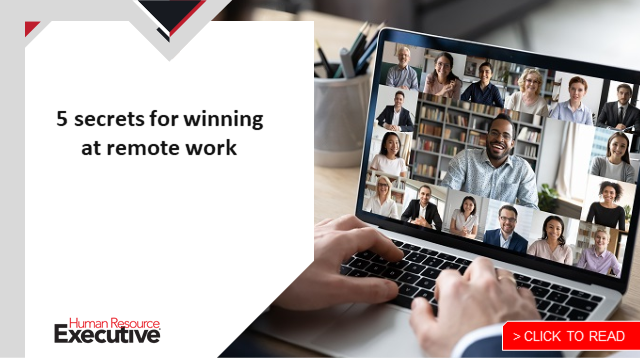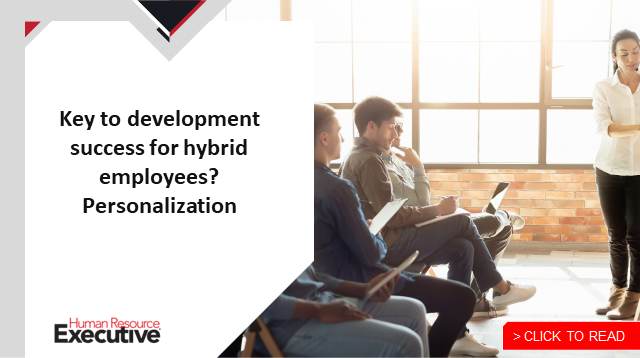While the long shadow of the pandemic has continued to fuel immense uncertainty over the past two-plus years, one thing remains clear: Hybrid workplaces are here to stay. In fact, JLL’s research finds that hybrid working has become the most popular way of working today, with 55% of employees working in some hybrid fashion today. While most employers are convinced that they must embrace hybrid work and provide real flexibility for their people, many are still unsure about how to best support their employees in the new working landscape.
As hybrid work adoption grows and becomes a permanent element of the future of work, understanding how employees are working in this new world of work has never felt more important. With workers quitting their jobs in record numbers, leaders across industries are facing one of the most competitive labor markets in decades. To not only survive, but thrive, during this competition for talent, employers must be bold and proactive in carefully evaluating the implications of hybrid working—from understanding how work is getting done today to creating the right environment for their people to flourish and adapting workspaces to meet new, non-negotiable worker imperatives.
Make the office a hub for focused, collaborative work
As we move into the fall season, more workers are ramping up their return to the office, with our research finding that people spend 50% of their time on focused work in the office today.
However, the world of work being turned on its head will yield permanent transformations for where and how we work. The traditional office that we once knew will serve a new and evolved purpose post-pandemic as a space not only for heads-down, focused work, but as a collaborative ecosystem to foster social connection.
In fact, face-to-face collaboration continues to be the key driver for going back into the office today. Our research finds that 50% of employees still miss social interactions when they work remotely, and 44% miss the common understanding and bonding that comes with collective face-to-face work. And while flexibility has certainly provided great benefits, the advantages of in-person collaboration remains clear, with early indications proving that employees with physical proximity to their managers are gaining more exposure to project inclusion and career opportunities.
Foster connectivity during hybrid meetings to bridge isolation divide
 With workers expecting that 60% of their meetings will be hybrid in the future, the ability to have effective meetings that engage in-person and virtual participants is one the of the biggest challenges facing employers today. For companies that are further behind in their digital transformation journey, there will be inventible change barriers in future-proofing their physical workspace to make hybrid work more efficient, most notably around the technology investment required to support digital collaboration and meetings.
With workers expecting that 60% of their meetings will be hybrid in the future, the ability to have effective meetings that engage in-person and virtual participants is one the of the biggest challenges facing employers today. For companies that are further behind in their digital transformation journey, there will be inventible change barriers in future-proofing their physical workspace to make hybrid work more efficient, most notably around the technology investment required to support digital collaboration and meetings.
New technologies like 5G and IoT that improve connectivity for videoconferencing tools and augmented reality will be key for leaders looking to enhance post-pandemic collaboration needs between office and remote employees. With the hybrid office of the future serving as a collaboration hub across the different digital and physical spaces that people can work from, these technologies will be critical to bringing better connectivity to all these places—whether that’s the home office, a coffee shop or another third-party location—enabling people to truly work from anywhere.
This new nature of hybrid meetings will also require smaller rooms in the office, along with improved technological provision and experience, such as efficient and easy-to-use smart space-booking systems. Synched to an occupancy management system to constantly optimize the workplace, digital reservations can ensure every employee has the right space near the right people to fuel their workday.
Further, as individual work and virtual meetings remain central in office routines, there’s an even higher demand from employees to access a range of workspace options that suit their individual needs. Acoustics, for instance, have become a growing issue, with more workers taking meetings from open areas and hot-desking arrangements, leading to excessive internal noise levels. While these types of work settings tend to be more accepted by hybrid workers, employers must also consider how they can adapt their meeting spaces to better support privacy, confidentiality and concentration.
Creating more quality office experiences that support intentional and high-value activities will also be critical, such as in-person meetings, trainings and brainstorm sessions. The payback from investing time and resources into these types of experiences will only further prove to employees that, while remote working provides great flexibility benefits, the value of in-person collaboration at the office is irreplaceable.
‘Anywhere’ and ‘anytime’ hybrid work demands enhanced wellbeing support
The future leaders in the race for hybrid talent will focus on taking care of the health of their people, with 59% of employees expecting to work for a company that supports their health and wellbeing.
 The Great Resignation is still a present force, as we continue to observe a significant disenchantment trend among employees with work settings today. Our research finds that only one in two workers believe that their company is a great place to work today. Even more stark, one of four workers are considering leaving their employer in the next year, and three in four say they would leave for work/life balance and flexibility reasons. Quality of life needs are now the No. 1 work priority, where salary is ranked third behind health and wellbeing support. While this time of increased turnover may be alarming, it also signals a key opportunity and critical gap for companies to enhance wellbeing support to retain and attract top talent.
The Great Resignation is still a present force, as we continue to observe a significant disenchantment trend among employees with work settings today. Our research finds that only one in two workers believe that their company is a great place to work today. Even more stark, one of four workers are considering leaving their employer in the next year, and three in four say they would leave for work/life balance and flexibility reasons. Quality of life needs are now the No. 1 work priority, where salary is ranked third behind health and wellbeing support. While this time of increased turnover may be alarming, it also signals a key opportunity and critical gap for companies to enhance wellbeing support to retain and attract top talent.
Ultimately, the office still has a critical, but reimagined, role to play in our new hybrid work reality. It’s one that must be orchestrated around the new needs and preferences of employees—a workplace that is more than a location, but rather an ecosystem of amenities and experiences that cross the physical and digital divide.
The post 3 strategies to embrace flexibility and meet new employee expectations appeared first on HR Executive.